Green Campus(2011-)
≪Back
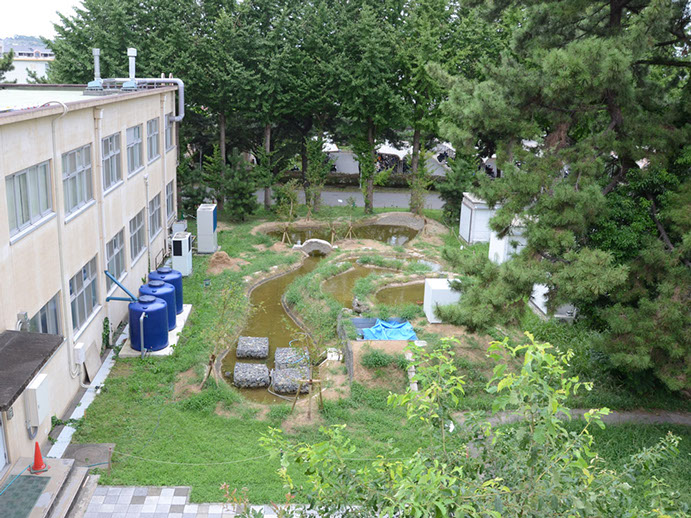
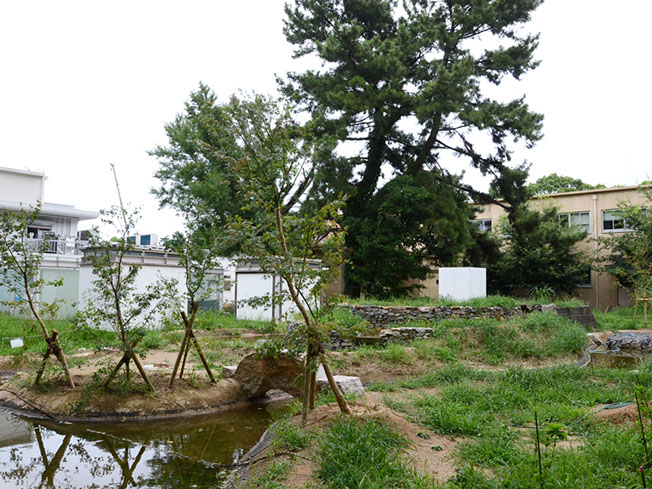
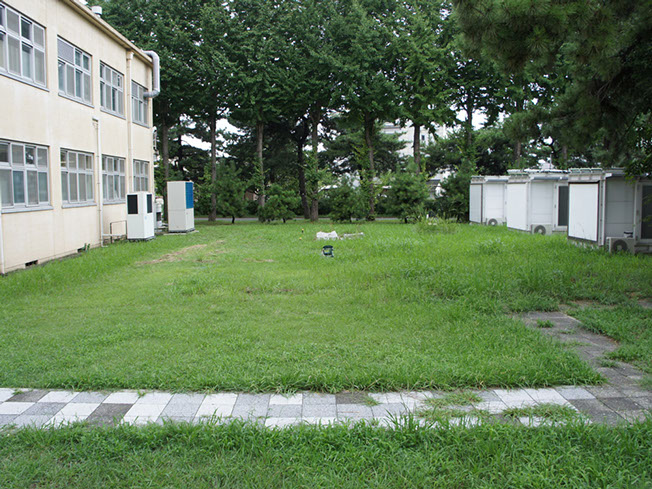
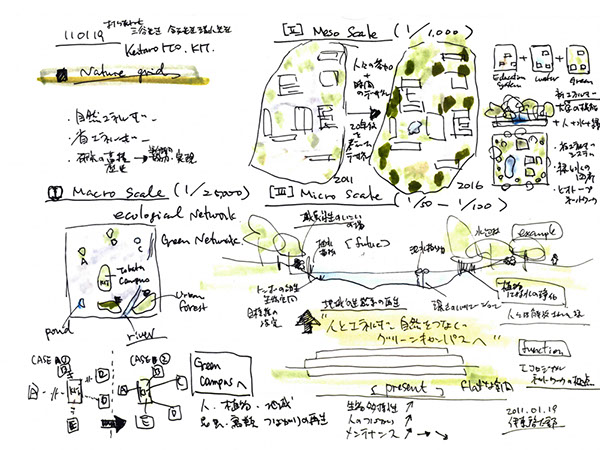
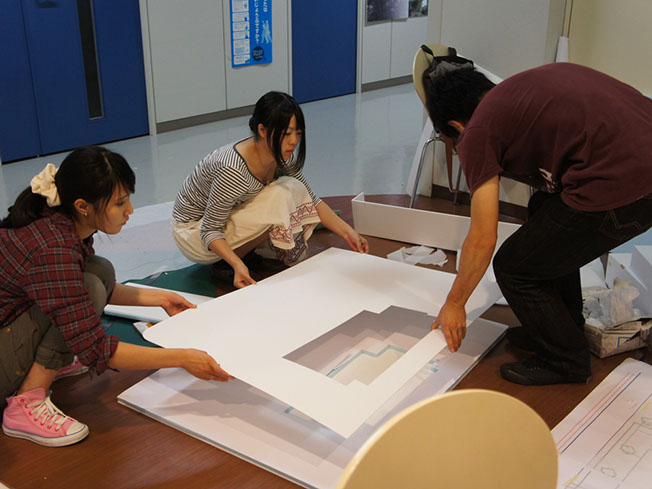
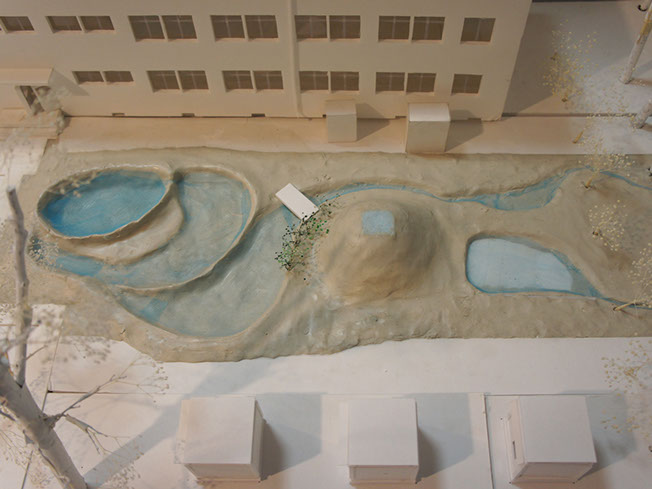
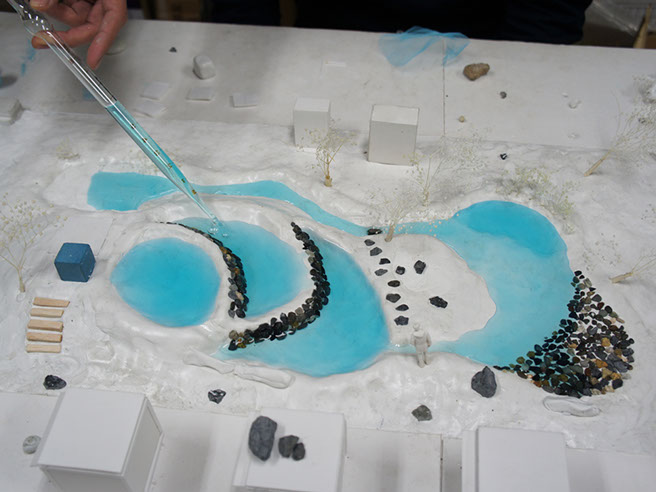
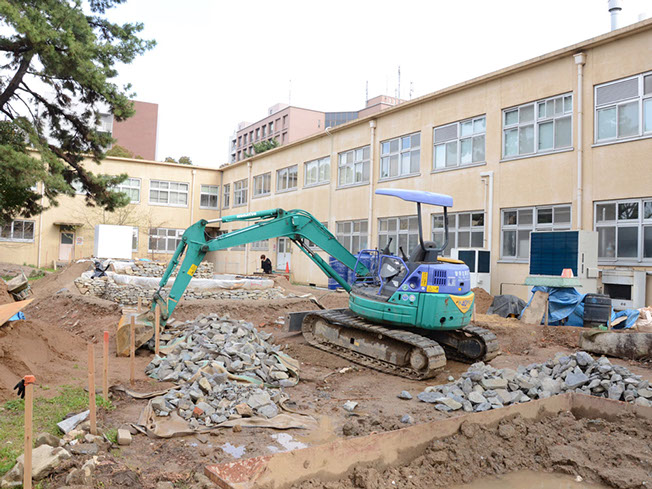
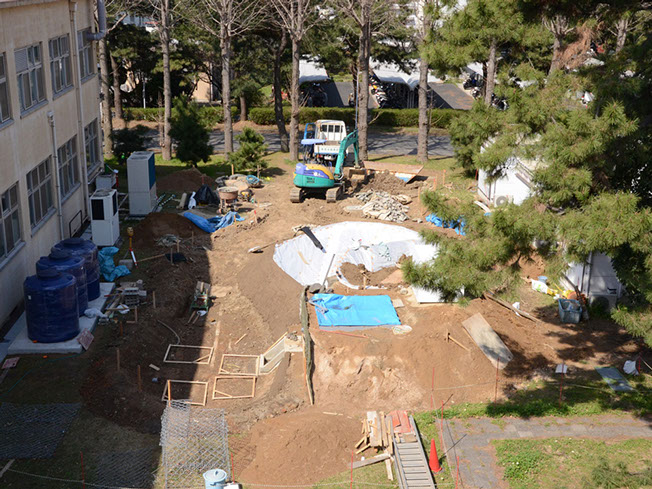
2012.8.31
2012.8.31
2011.8.24
2011.9.29
2011.12.25
2012.2.29
2012.4.11
2012.4.4
In 2011, the researchers of some laboratories in Kyushu Institute of Technology cooperated and started the green campus project for the purpose of using the natural energy and studying about the environmental conservation. We designed the biotope that considered the connection of the habitation space creatures creatures, people and the waterside. We also used the natural energy to improve the quality of the green tract of land in the campus as the part of the project. We performed graded quality of the water purification by establishing the plural ponds in this biotope and aimed at improving biodiversity of it.
Concept is the design of the our biotope referred to “Tanada” ,Japanese traitional rerraced ricefield, took in an element of the beauty. It is the habitation for creatures as well as a role aimed at fun the place where people rested.
We established three courses for water cycle. At first, the water flows from the first pond through the sequentially the first pond, the second pond, the third pond, and the fourth pond. The water drawn by the fourth one is just poured into the second one by a pump and circulates again. In addition, the water drawn from the fourth pond through another pump flows into the first one and circulates continuously after it was purified through a buffer tank. We designed the rain garden so that the water which overflowed from the biotope flowed. The volume of the rain garden was determined by the area of the roof of the building at the biotope. As a result, we designed so that it could infiltrate water of 12.0m^3/h into the soil. Furthermore, it was 4.29m^3 when we calculated the necessary volume of the rain garden penetration situation. From the proved result, we designed the rain garden. These days, the floods increased with development of the land and increase of population. In addition, the rain water flows directly into the sea from a drainage without infltrating into the soil. This also purified the quality of the water. From such a background, we designed the rain garden for the purpose of the reduction of the spillage to a drainage as a utilization method of the new open space for the urban flood.
[PROJECT MEMBERS]
Keitaro ITO, Kyohei FUJITSUKA(2009-2011), Shun TOMII(2009-2011), Gakuji YOKOYAMA(2010-2012), Takuya MATSUMOTO(2010-2011), Tomoya KOISHI(2011), Hiroyuki HIRATA(2011-2013), Takuya ITO(2012-2014), Ayako YAMASHITA(2013-2015), Yuta TANAKA(2013-2015), Yurie HANADA(2014-), Yusuke ODA(2014-), Yusuke NAKA(2015), Taichi INADA(2016-), Misaki MORITA(2016)
[PROJECT PARTNAR]
Keitaro ITO, Kyohei FUJITSUKA(2009-2011), Shun TOMII(2009-2011), Gakuji YOKOYAMA(2010-2012), Takuya MATSUMOTO(2010-2011), Tomoya KOISHI(2011), Hiroyuki HIRATA(2011-2013), Takuya ITO(2012-2014), Ayako YAMASHITA(2013-), Yuta TANAKA(2013-), Yurie HANADA(2014-), Yusuke ODA(2014-)